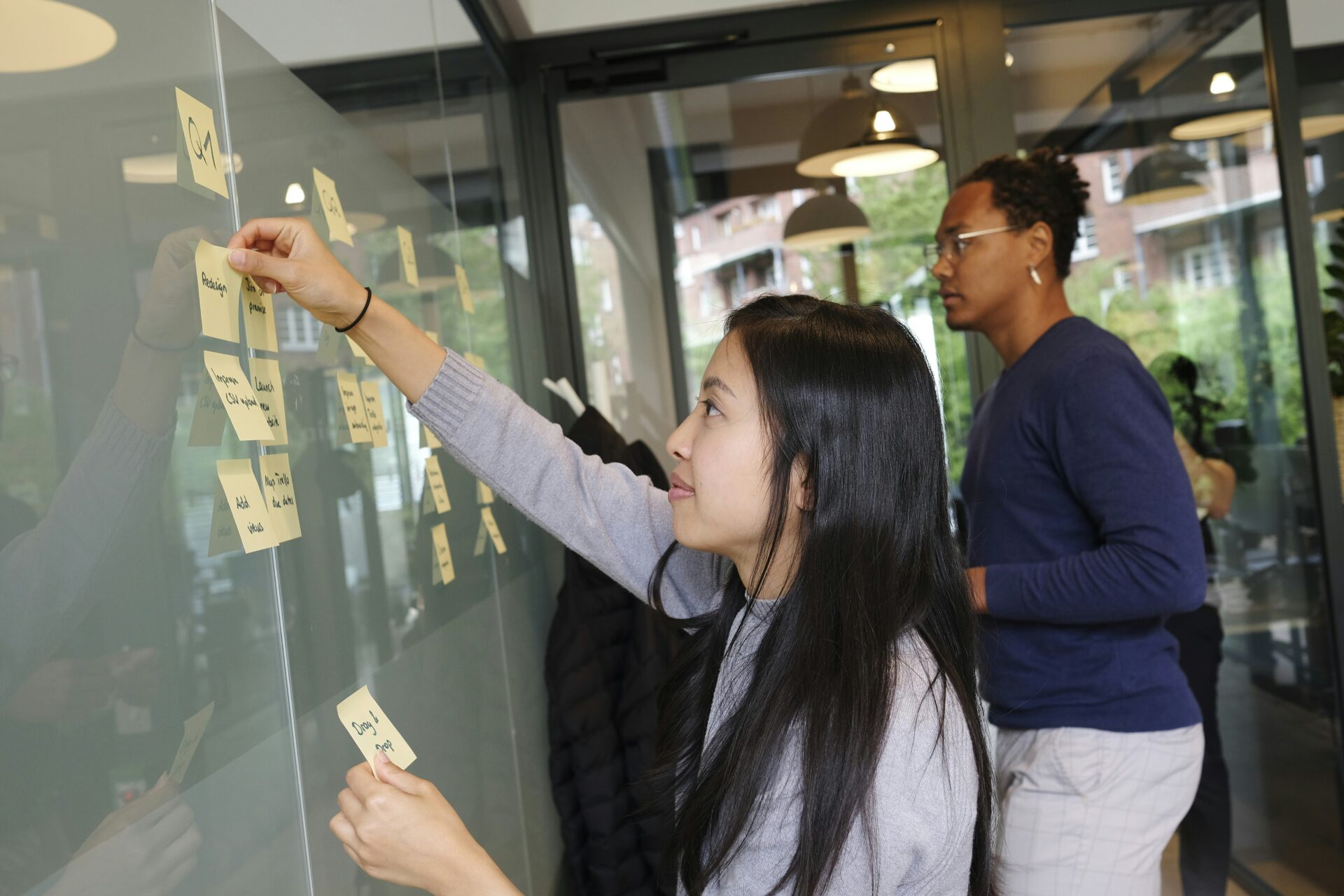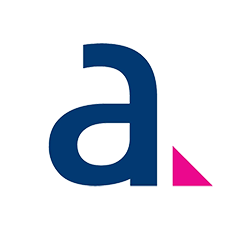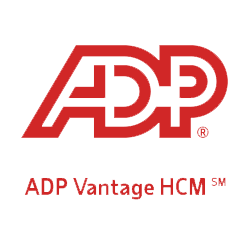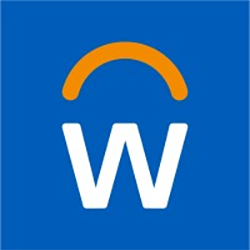Fast, flexible, and built for frontline teams
10x your Hiring Speed with Agentic Hiring
Why Fountain Hire?
Fountain Hire makes it easy to find, assess, and move hourly workers through your pipeline so you can stay fully staffed and hit your business goals.
- Cut time-to-hire so you can meet demand without burning out your team
- Tailor every hiring workflow to fit different roles, locations, and compliance needs
- Increase applicant volume with fewer drop-offs and faster follow-ups
- Keep candidates moving with AI that handles questions and tasks.
Agentic Hiring for Frontline Teams
Let AI do the heavy lifting. Fountain Hire now includes agentic capabilities that screen, schedule, and follow up—so your team can focus on hiring, not handling.
Built for the way you hire
Whether you’re managing one store or a thousand, Fountain Hire adapts to your frontline operations. No extra admin, no lost candidates, just a clear path to faster hiring.

- Simplify applications without sacrificing screening criteria
- Reduce early turnover by hiring better-fit candidates faster
- AI tools let candidates apply, reschedule, and keep moving with no delays
- Scale up quickly for peak seasons or new openings
- Turn every applicant into a long-term recruiting opportunity
- Give admins visibility and control without training overhead
What makes Fountain Hire different

Quick to launch
and easy to manage from day one

Flexible logic
for any frontline workflow

Designed for hourly work,
not retrofitted from corporate tools

Agentic AI
that lets candidates apply and reschedule, no handholding required

Transparent performance data
at every stage

Support team
that understands high-volume hiring
The numbers behind faster hires and better outcomes
91M+
14M+
75+

- Regional hiring teams that need to localize workflows
- Central HR teams standardizing processes across hundreds of locations
- Operations leaders solving staffing shortages and turnover

Candidates apply through mobile-friendly flows, get auto-screened, and self-schedule interviews. Agentic AI nudges them to the finish line. Your team sees everything in one place and moves faster.
Explore integration partners
Our partnerships with other Human Resource Information Systems and integrations with platforms like Indeed are just a few of the proof points that make Fountain the trusted source for high volume hiring.









Fountain adheres to rigorous security protocols, compliance frameworks, and data governance standards — ensuring your candidate and company data is always safeguarded.
- SOC 2 certified
- Global compliance support
- Transparent AI reporting
See how fast hiring can be. Book a demo today.
By submitting this form, you agree to our Terms of Service and consent to our Privacy Policy. Already a member? Login
 Pool
Pool